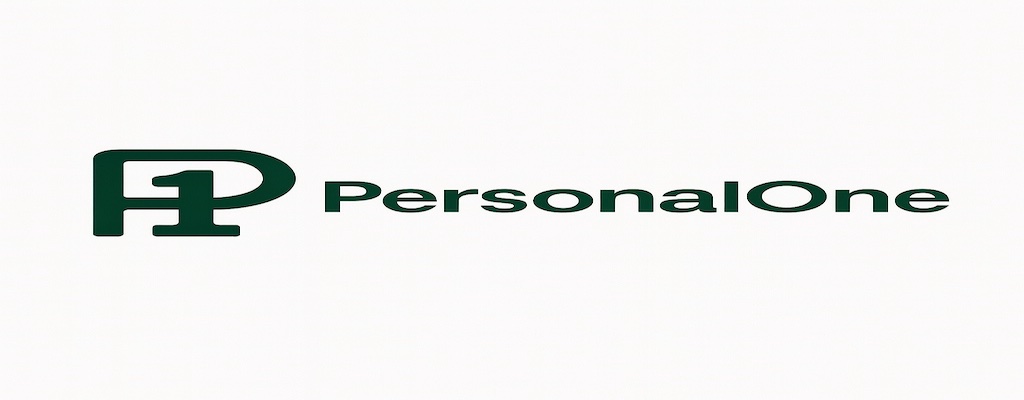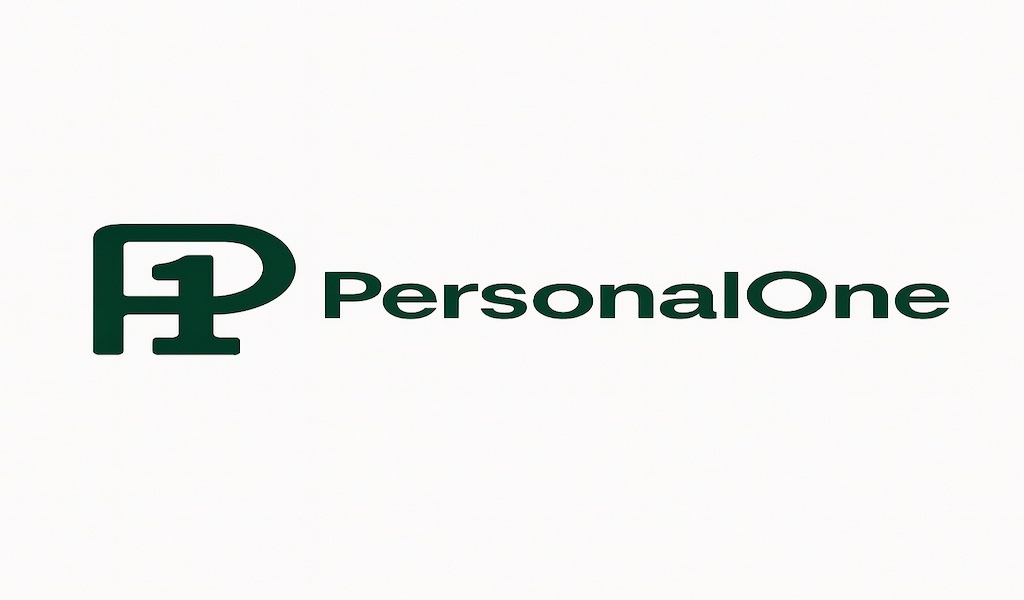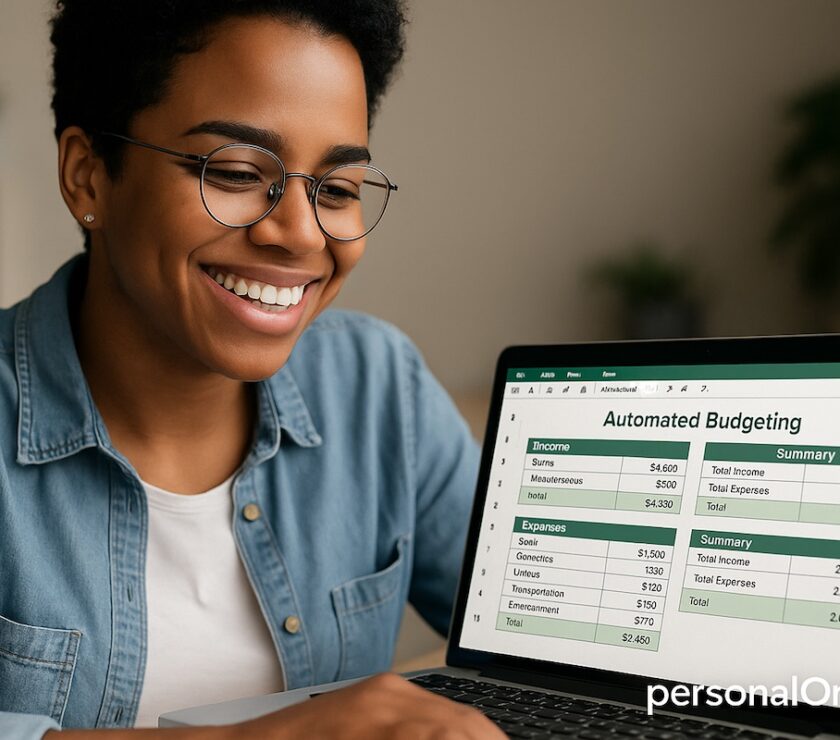TL;DR: Digital payments are everywhere—but credit cards still have serious staying power. From mobile wallets to app-based transfers, the shift is on. Still, plastic isn’t going anywhere just yet. What’s next? A blended system where both options thrive together.
Tap, Scan, Done: How We Spend Is Evolving
These days, paying with your phone is about as normal as texting your lunch order. Whether you tap, scan, or swipe, digital payment methods are creeping into nearly every aspect of daily life.
But here’s the question people keep asking:
Are digital payments going to wipe out credit cards?
Short answer? Not tomorrow. But the shift is already happening.
Table of Contents
The Rise of Digital Payments
Benefits of Going Digital
What’s Holding Digital Back
Credit Cards: Still in the Game
What the Future Looks Like
Final Thoughts
FAQ
Sources
Internal & External Links
Disclaimer
The Rise of Digital Payments
If you’ve used Apple Pay at checkout or split a bill with Venmo, you’re part of the movement. Digital payments—including mobile wallets, P2P apps like Cash App, and even crypto wallets—are more common than ever.
Gen Z and Millennials have led the charge, swapping physical cards for phones and smartwatches. And during the pandemic, contactless payments went from a nice-to-have to a need-to-use. Now, for many, cash feels outdated—and even plastic seems like it’s falling behind.
Benefits of Digital Payments
So, what makes digital payment systems so popular? A few key reasons:
Convenience: No more digging through your wallet. Your phone handles it.
Speed: Pay instantly—no swiping, no chip readers.
Security: Biometrics and tokenization reduce the risk of fraud.
Lower Fees: Some platforms come with fewer processing costs for both users and merchants.
For daily purchases, it’s hard to beat the simplicity and speed of tapping your phone.
What’s Holding Digital Back?
Even with all those perks, digital payments aren’t perfect. There are a few roadblocks in the way:
Access gaps: Not everyone owns a smartphone—or trusts one for banking.
Privacy concerns: Sharing personal data with payment apps raises eyebrows.
Tech comfort: Older consumers may prefer something they know and trust.
Merchant tech: Some stores still don’t accept mobile payments or QR codes.
So, while digital options are growing, they’re not fully universal—yet.
Credit Cards: Still in the Game
Despite the buzz around mobile payments, credit cards remain dominant—and for good reason.
Built-in credit lines help with budgeting and big-ticket items
Cashback and rewards still outperform most digital-only tools
Global acceptance and trust across nearly all sectors
Familiarity = confidence for many users, especially older generations
The Federal Reserve reports that credit card usage in the U.S. has held steady—even with the rise of newer payment tech. And let’s be real—try renting a car or booking a hotel without one.
What the Future Looks Like
What’s most likely is a hybrid payment system. One where digital wallets and credit cards live side-by-side—each serving a different purpose.
Picture this:
Tap Apple Pay at your favorite café
Zelle a friend for concert tickets
Use your travel rewards credit card for your next flight
It’s not either-or—it’s mix-and-match. And that’s a win for consumers who want flexibility and control.
Final Thoughts
Digital payments are clearly the future—but credit cards aren’t dead.
For the next decade (at least), we’re going to see both systems coexist. While mobile wallets grow in popularity, credit cards continue to offer benefits no app can fully replace. Smart users? They’ll keep both options close and use whichever tool works best in the moment.
FAQ: Digital Payments vs Credit Cards
Q: Are digital payments safer than cards?
Yes, in many ways. Digital tools often use encrypted data and biometrics, which can offer better fraud protection.
Q: Will we stop carrying credit cards soon?
Not likely. Cards are still necessary in many cases—especially for travel, car rentals, or international purchases.
Q: Do mobile wallets charge extra fees?
Most don’t charge for everyday transactions. Some instant transfers or business payments may have small fees.
Authoritative Sources
Internal Links – Explore More
Why FinTech Banks Are Winning: The Smart Money Shift – PersonalOne
Top Passive Income Apps That Pay You to Do Nothing – PersonalOne
The Future of Digital Wallets: Should You Ditch Your Bank? – PersonalOne
- Best Free Mobile Banking Apps You Should Try Today (Without Paying Fees)
External Links
Was This Helpful?
Drop your thoughts in the comments or tag us on social!
Support the blog — buy me a coffee if this post helped you out.
Disclaimer
This content is for informational purposes only and doesn’t constitute financial advice. We may earn a small commission through affiliate links. Always do your own research or speak to a professional. Use of this site means you accept our Privacy Policy and Terms of Use.




